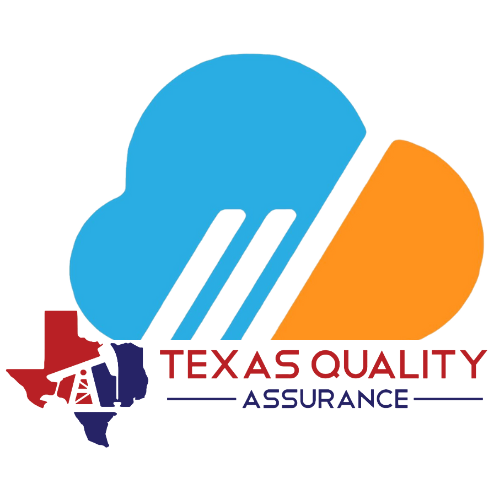Competence, Training, Awareness…. Organizational Knowledge too?
When compared to the ISO 9001:2008 standard the requirement in ISO 9001:2015 is more heavily weighted towards Competence. In facilities, where competence is often based on compliance to a WPS or ASNT training, along with standard common in house training such as Control of Nonconforming Outputs some simple systems are required to effectively identify and track these records.
By utilizing the method detailed in this post, you will be able to develop a complete, comprehensive and well executed Competence, Training and Awareness program.
Organizational Knowledge | ISO 9001 7.1.6
The ISO 9001:2015 Standard concerning Competence, Training and Awareness technically starts at clause 7.2 Competence. However, it really has it’s roots going back to 7.1.6 Organizational Knowledge and further still to 5.2.1 Establishing the Quality Policy and 5.2.2 Communicating the Quality Policy. So much is based on the awareness as described in 5.2.2. Little is given on what the awareness or any evaluation of it should or should not look like. We will explore some methods below. Next we jump forward to 7.1.6 for Organizational Knowledge. Organizational Knowledge comes in a variety of forms, some documented such as intellectual property (documented information for specs and manuals generally). Other undocumented forms include knowledge gained from experience, such as lessons learned, and “undocumented knowledge” from experience. Somehow, we have to ensure the appropriate people have access to this organizational knowledge. This is often not in a documented manner that we might have used in the previous 9001:2008 edition of the standard. In the previous standard, we could easily have reached the conclusion that a Metallurgist with 10 years experience must account for his skills and abilities in a matrix, with required documentation for each new method “tip or trick” developed in his department. Today, under ISO 9001:2015, we have to ensure everyone has access to such information and can “tell the same story”.
Competence | ISO 9001 7.2
The 2015 edition of the standard is well developed in that one section rolls into the next. Much, not all, but much of what can be considered organizational knowledge can be evaluated as a part of the Job Descriptions, or Offer Letters, Cross Training Reports, and Annual Evaluations. It is at these junctures where appropriate documented information can be attained to demonstrate base competence for a particular job without the requirement for more lengthy processes. By utilizing these methods, keeping Organizational Knowledge in mind, we are able to quickly meet letters a) “determine the necessary competence of person(s)”, b) “ensure that these persons are competent on the basis of appropriate education, [not yet on ‘training’], or experience;”, and much of d) “retain appropriate documented information”
Training (the missing clause) and The Matrix
Clause 7.2 Competence letters b) and c) make it necessary for most (nearly all) organizations to have an official training program. Below, we will outline one such method.
The training matrix is a simple list that identifies the following:
- Training/Competence by title: IE Orientation, WPS-XYZ, Control of Nonconformities Process, ASNT UT Level II, etc….
- Departments/Job Title Required
- Retrain/Recert frequency
- Type of Training (Dem, Comp, Aware) – see below
Dem – Demonstrated Competency trainings require a hands on demonstration, IE qualification for a WPS, or ASNT cert
Comp – Competence Training require a test or simple evaluation of understanding, IE the process of nonconformities
Aware – Awareness only Training require no more documentation than a signing sheet for the training event
Training Records
The training records should be in direct reference to the individual training title, reference the employee, and the date taken.
Follow-up Actions
Follow-up actions can be tough to identify and account for. Without a Learning Management Tool in place, a simple monthly or even quarterly review is sufficient. In this case, it is my recommendation that you add an extra value to your training matrix, the “retrain date”. Then a simple filter or query for dates less than or equal to today (or some interval of days in the future) will quickly and easily tell you who is due for training.
Texas Quality Assurance: www.TexasQA.com | Tel: (281)756-7316
LinkedIn | Facebook | Instagram | Twitter | GETTR | YouTube
– Products and Services: | QMS Software | Consultation | FQM | Auditing
